A trip to the enchanting City of Love is a dream come true for many travelers. For first-time visitors, the anticipation of discovering the rich history, iconic landmarks, and world-renowned cuisine in Paris can be both exciting and overwhelming. This beginner’s guide aims to ease your planning process and make your first trip to Paris memorable by providing you with essential information about when to go, where to stay, must-see attractions, and practical tips. Embrace the romance and charm of Paris as we dive into what awaits you in the City of Lights.
Your Ultimate Guide to the Perfect First Trip to Paris
1. Brief History of Paris
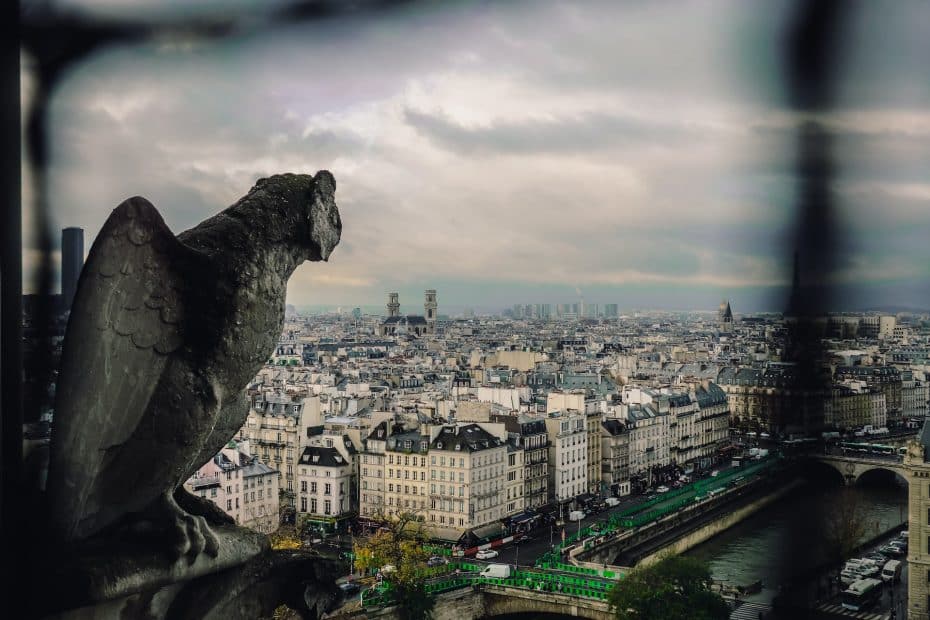
Paris was founded by the Celtic tribe called the Parisii in the 3rd century BCE. The Romans then conquered the city in 52 BCE and named it Lutetia. Over time, Lutetia grew into a prosperous town, and by the end of the Western Roman Empire, it became known as Paris. By 508 CE, Paris became the capital city of the Frankish kingdom under Clovis I, one of the first notable rulers in its history.
During the Middle Ages, Paris flourished under the rule of many notable kings, such as Philip II and Louis IX. Its famous cathedral, Notre-Dame de Paris, was completed in 1345. By 1355, Paris had already become one of Europe’s largest cities, with approximately 200,000 inhabitants. However, in 1338, a hundred-year conflict known as the Hundred Years’ War began between France and England. This period saw multiple phases of destruction and reconstruction that affected its overall development significantly.
The French Revolution, lasting from 1789 to 1799, left an indelible mark on Paris. Protests ensued over political conflicts and social inequality. In 1789, revolutionaries stormed the Bastille prison, a defining moment captured as France’s national day: Bastille Day. Many prominent buildings were destroyed during this time, leading to urban reconstruction under Napoleon Bonaparte’s rule.
Paris underwent radical changes during the 19th century under Emperor Napoleon III and city planner Georges Haussmann. They reconstructed Paris with wide boulevards lined with trees and streetlights. The nostalgic modern icon of the Eiffel Tower was built during this period as well. After overcoming challenges throughout contemporary history, like protests in May 1968 and terrorist attacks in recent years, Paris has emerged as a resilient city that continues to thrive as an international center for art, culture, fashion, business, and education.
2. When to Visit Paris
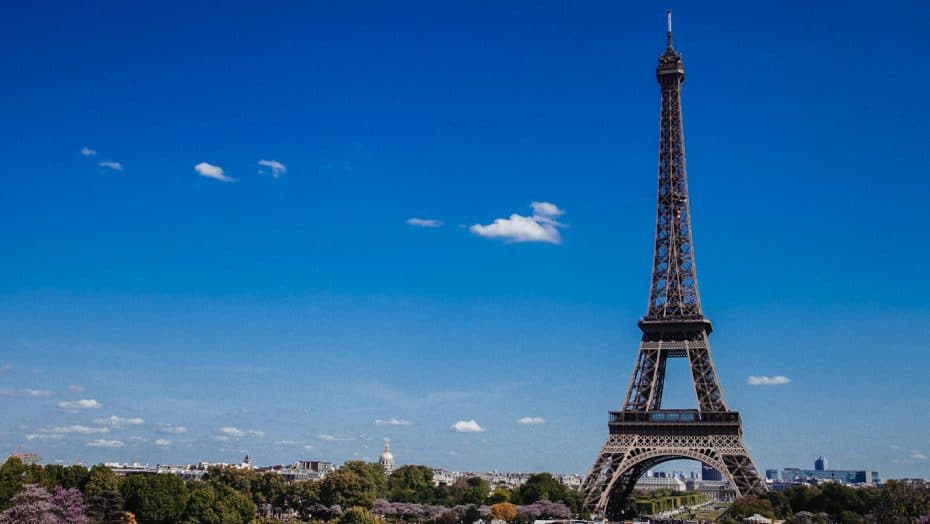
When planning a first trip to Paris, timing is crucial. The city experiences four distinct seasons, each with its characteristics and events. In the spring, temperatures range from 8 to 16ºC, making it ideal for sightseeing. This season also hosts events like Paris Fashion Week and the Paris Marathon.
The summer months of June, July, and August see higher temperatures (14 to 25ºC) and attract more tourists. Specific events held during this season include the French Open, La Fête de la Musique, and Bastille Day, which takes place on the 14th of July.
Autumn in Paris offers milder temperatures ranging from 9 to 18ºC. Key events in this season include Nuit Blanche, an all-night arts festival held annually on the first Saturday of October, and Paris Fashion Week.
Lastly, winter brings colder temperatures (1 to 7ºC) and fewer tourists, providing a quieter atmosphere. Some notable winter events are La Grande Roue de Paris (the Paris Ferris Wheel), which operates from November through February, and Christmas markets, which appear in December.
3. How to Get to Paris
Being one of the world’s most visited cities, there are several ways to travel to Paris. Here’s a quick summary of the main ways to get to Paris:
- By air: Charles de Gaulle Airport (CDG) is the primary international gateway into Paris. It is about 23 kilometers northeast of the city center and handles more than 76 million passengers annually. Orly Airport (ORY), located 13 kilometers south of central Paris, is another option for travelers from Europe. Both airports provide direct access to the city via public transportation (RER B train).
- By train: the Eurostar high-speed rail service connects London, England, to Paris’ Gare du Nord station in approximately 2 hours and 20 minutes. Other European cities are also easily accessible via the extensive rail network that converges at major stations in Paris, including Gare de l’Est, Gare de Lyon, Gare Montparnasse (near the Montparnasse Tower), and Gare d’Austerlitz.
- By bus: several long-distance European bus services operate routes that stop in Paris. For example, from London, the bus takes about 9 hours to arrive in Paris, while, from Amsterdam, the bus takes between 7 and 8 hours to arrive in Paris.
4. Where to Stay in Paris
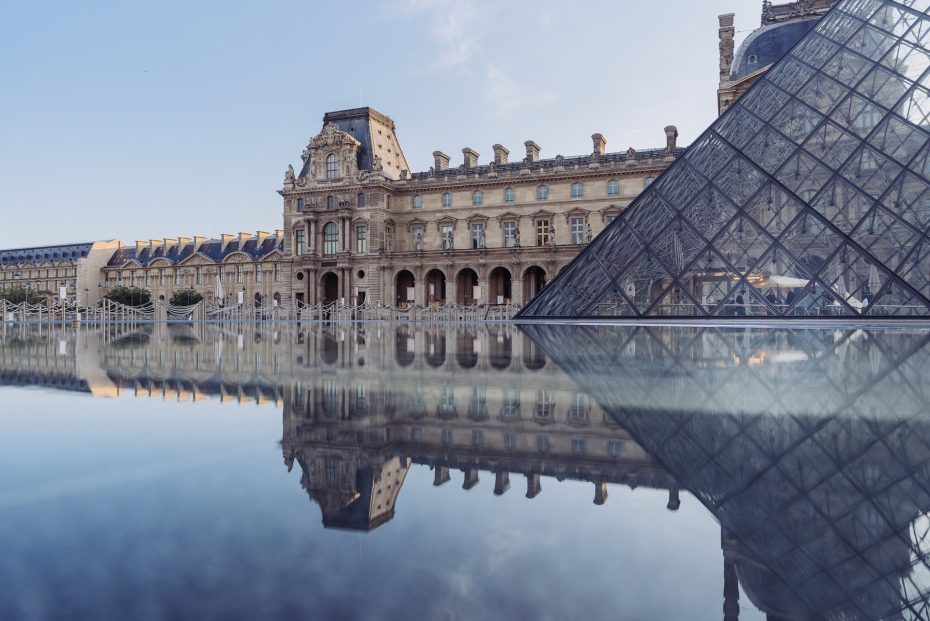
There are several areas worth staying in during your first Parisian adventure. Here’s a quick rundown on the best neighborhoods to stay in Paris:
- To be close to most of the city’s main attractions, you should stay in the 1st arrondissement, particularly around the Louvre. This area has some of the most remarkable architecture in Paris and high-end hotels and restaurants.
- If you want to party in Paris, look no further than Le Marais. You’ll find a wide variety of bars and clubs in this area. Le Marais is also home to most of the city’s LGBTQIA+ venues.
- Paris is also one of the most influential cities for the fashion industry worldwide. However, two areas seem designed, pun intended, for fashionistas: Ópera and Champs-Elysées. Both districts have great designer boutiques, department stores, and vintage stores for your shopping pleasure.
For more information about the many neighborhoods in the City of Lights, read our accommodation guide about the best areas to stay in Paris.
5. Must-See Attractions in Paris
There are so many things to do in Paris that, if you only visit briefly, it can take time to decide what to do. However, these are the must-see attractions during a first trip to Paris:
- Eiffel Tower: Completed in 1889, this iron tower needs no introduction and is on the Champ de Mars in Paris. The building stands 330 meters tall and was designed for the 1889 Exposition Universelle. Initially criticized, the tower has become one of Paris’s most iconic landmarks and an international symbol of France.
- The Louvre Museum: Established in 1793, this national museum and art gallery is in central Paris. The museum contains several notable artworks, such as the Mona Lisa and numerous other pieces from ancient civilizations. To avoid the long lines, buy tickets for the Louvre online. Also, plan the art pieces you want to see and look for their location within the museum before your visit. Otherwise, it may be hard to find the artwork in many rooms.
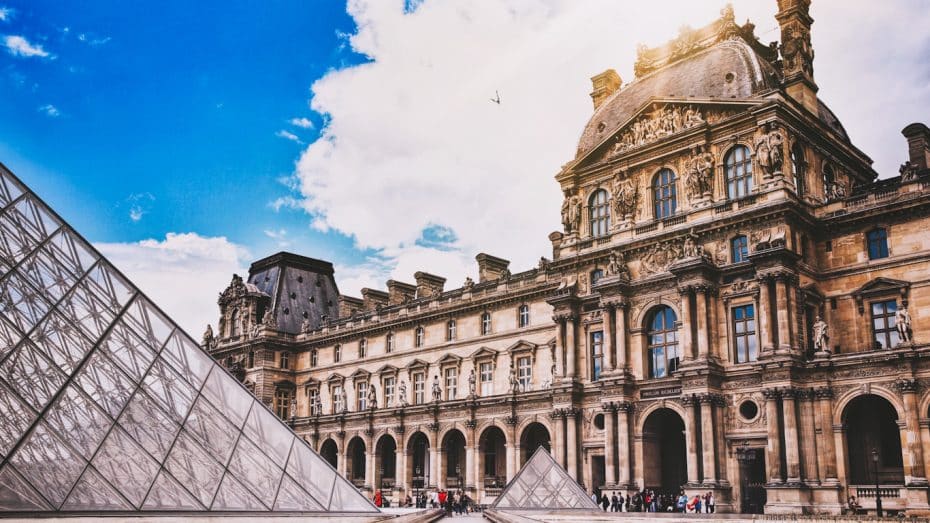
- Notre-Dame Cathedral: This medieval Catholic cathedral, created in 1160, is on Île de la Cité. Severely damaged by a fire in 2019, restoration efforts are underway. The cathedral is well-known for its French Gothic architecture and beautiful stained glass windows.
- Arc de Triomphe: This arch honors French military victories and is at Place Charles de Gaulle. This landmark opened in 1836 and offers panoramic views of Paris from its terrace.
6. Public Transport in Paris
Public transport in Paris is managed by the Régie Autonome des Transports Parisiens (RATP) and includs multiple options, including buses, trams, and the metro.
The Paris Métro opened on July 19, 1900, and now consists of 16 lines (numbered 1 to 14, with lines 3bis and 7bis as supplementary ones). The metro covers 214 kilometers, extending throughout central Paris and reaching some neighboring suburbs.
In addition to the metro system, Paris features an extensive bus network with over 60 lines. These buses usually cover areas not serviced by the metro or tram lines. Likewise, the Noctilien night bus service operates from 12:30 a.m. to 5:30 a.m., connecting various parts of the city when other transit options are unavailable.
On the other hand, the tram system in Paris has nine lines serving inner-city and suburban areas. The T1 tram line began operation in 1992 and has been joined by eight additional lines. The trams connect with metro, bus, and train stations to facilitate smooth travel around the metropolitan area.
RATP manages the pricing for public transportation within the city. The company also offers diverse ticket options, such as single-use tickets, daily or weekly passes (Mobilis), and monthly or yearly passes (Navigo). Opening hours for most metro lines are from 5:30 a.m. to approximately 1:15 a.m. Monday through Thursday and Sunday, service extends until around 2:15 a.m. on Fridays, Saturdays, and days before public holidays.
7. Lesser-Known Attractions in Paris
- Canal Saint-Martin
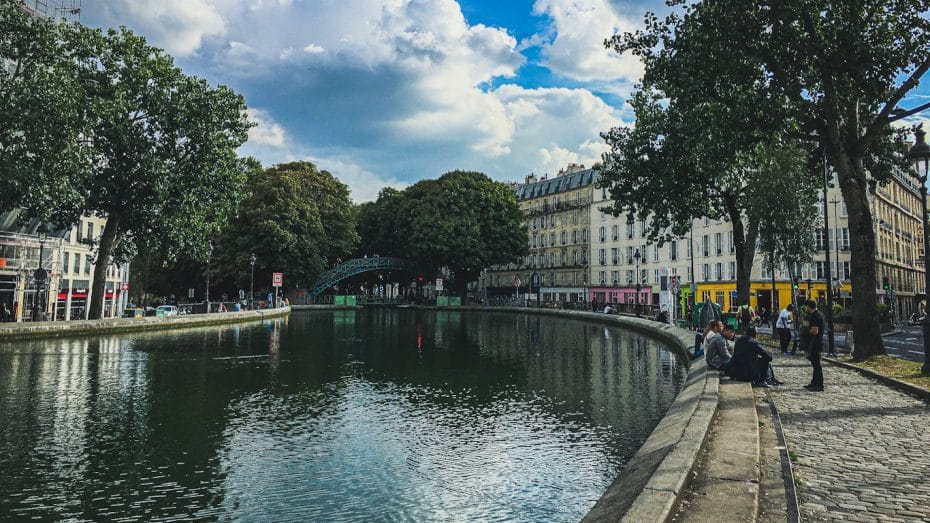
Built between 1802 and 1825 under the orders of Napoleon Bonaparte, this canal spans approximately 4.6 kilometers (2.86 miles) through the 10th and 11th arrondissements of Paris.
The canal was developed to create a navigable channel connecting the Seine and Ourcq rivers for improved water supply and transportation. The innovative design, including nine locks and two swing bridges, reflects the engineering advancements of the times.
Over the years, the area surrounding the canal has become popular because of its excellent dining options. You can also explore famous murals and street art along the canal banks.
- Palais Royale Gardens
The stunning Palais Royale Gardens date back to 1633. Initially called the Palais-Cardinal, the complex featured a spacious green area predominantly for noble gatherings. The House of Orléans later acquired the property in 1661 and became known as the Palais Royale.
Designed by landscape architect André Le Nôtre, these beautiful gardens encompass an area of approximately 20,000 square meters. The rectangular layout follows a classical French formal garden style featuring symmetrical lines and striking geometrical shapes.
The Palais Royale Gardens remain open to the public year-round for free. The operating hours are seasonal: from April 1st through September 30th, the gardens open at 7:30 AM and close at 10:30 PM, while from October 1st through March 31st, they open at 8:00 AM and close at 8:30 PM.
- Parc des Buttes-Chaumont
Parc des Buttes-Chaumont is a public park in the 19th arrondissement of Paris. The park spans over 24.7 hectares and was designed by horticulturist Jean-Pierre Barillet-Deschamps and architect Gabriel Davioud under the guidance of Napoleon III and Georges-Eugène Haussmann. This space may be my favorite place in the city, and since it is not the most central, most tourists don’t visit it on their first trip to Paris.
This park is notable for its distinctive landscape features, such as the Temple de la Sybille perched atop a 50-meter tall rock. Additionally, Parc des Buttes-Chaumont contains several artificial caves and waterfalls, contributing to its picturesque scenery.
This park is perfect for a summer picnic in Paris, and it is also home to the Rosa Bonheur Buttes Chaumont, an LGBT-friendly bar with a patio and regular events.
8. What to Eat on a First Trip to Paris
Food in Paris is deeply intertwined with the city’s history, culture, and identity. On a first trip to Paris, certain dishes and experiences showcase the quintessential Parisian gastronomy.
The traditional Baguette, made from flour, water, yeast, and salt, is a long, thin loaf of bread synonymous with French cuisine. The Croissant is another famous baked pastry with buttery layers and a flaky texture. Escargots de Bourgogne is a classic Parisian dish with cooked snails typically served as an appetizer. Other culinary delights include Coq au Vin (chicken braised in red wine), crêpes, and Bouillabaisse (a fish stew).
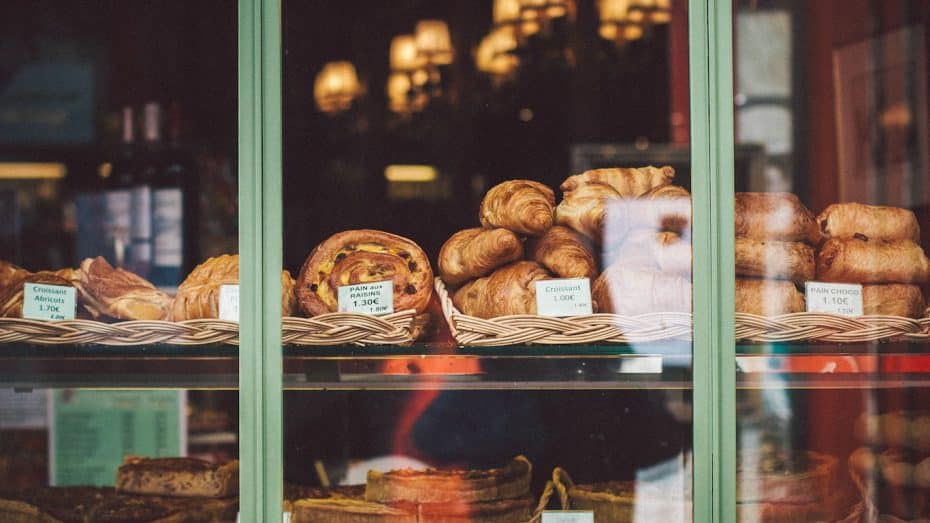
In the 5th arrondissement, the Quartier Latin is THE place to try traditional French food. In this district, you will find Le Comptoir du Relais, a restaurant at 5 Carrefour de l’Odéon, established in 1957. It specializes in classic French dishes and operates from Tuesday to Saturday between 12:00 PM and 2:00 PM for lunch and between 7:00 PM and 10:00 PM for dinner.
Regarding useful information for foodies visiting Paris, I would like to point out that tipping at restaurants is not mandatory; however, leaving a small amount to show appreciation is customary. Additionally, having lunch on weekdays usually costs less than during weekends since several restaurants offer prix fixe menu options.
9. Best Day Trips from Paris
Several day trips from Paris will allow you to explore historical and impressive sites. Some noteworthy destinations near Paris include:
- Versailles: The Palace of Versailles, a UNESCO World Heritage site, was the principal royal residence of France from 1682 until the French Revolution in 1789. The palace features 700 rooms and showcases the Hall of Mirrors and expansive French gardens designed by André Le Nôtre. Versailles is open Tuesday through Sunday from 9:00 AM to 6:30 PM. Admission fees range from €18-€20 for adults.
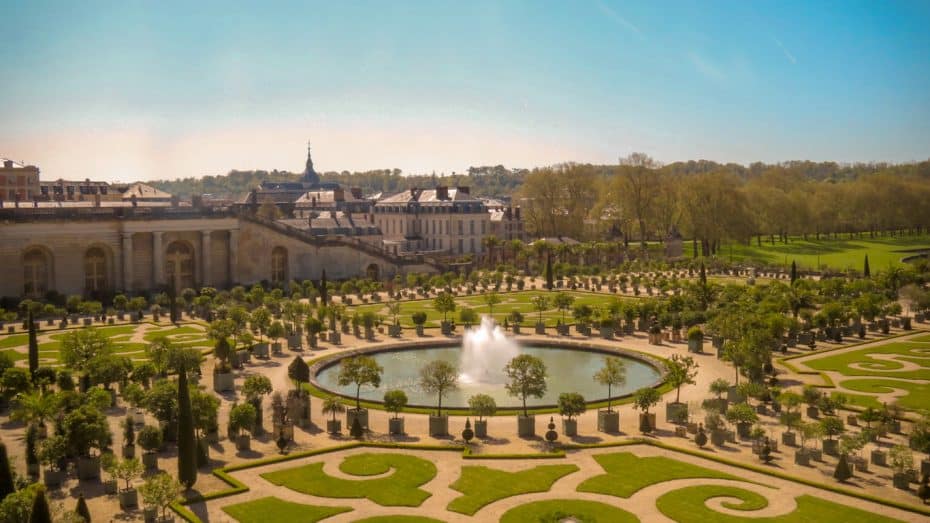
- Giverny: Located approximately 80 km from Paris, Giverny is home to Claude Monet’s house and gardens. Monet, a prominent Impressionist painter, inhabited the property from 1883 until he died in 1926. You can tour his house in Giverny, explore various gardens, and witness the Japanese bridge featured in his famous “Water Lilies” series. Giverny is open daily between April 1st and November 1st, with visiting hours from 9:30 AM to 6:00 PM.
- Chartres: This town lies about 90 km southwest of Paris and is renowned for its Gothic cathedral, Chartres Cathedral. Built between the early 13th century and the late medieval period, Chartres Cathedral has intricate stained-glass windows and exceptional architectural details representative of the High Gothic style. The cathedral is open daily from sunrise to sunset for free.
These day trips offer educational insights into French culture, history, architecture, and art.



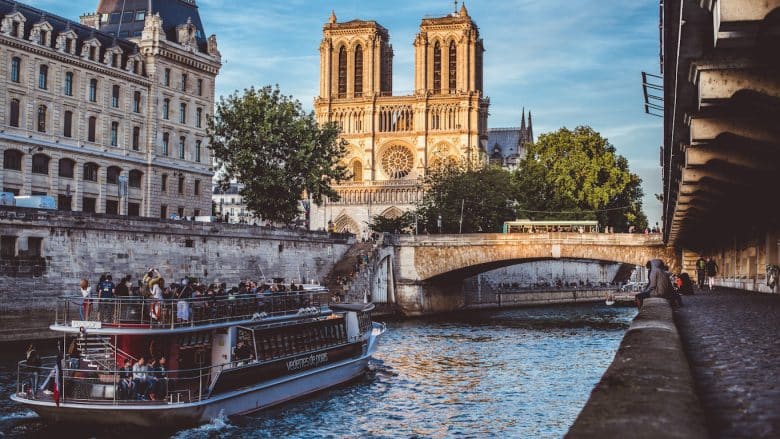
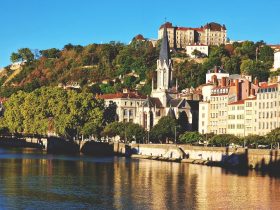
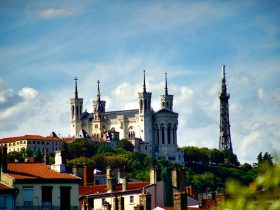




















Leave a Reply
View Comments